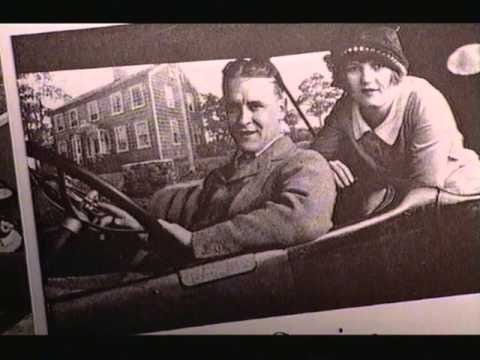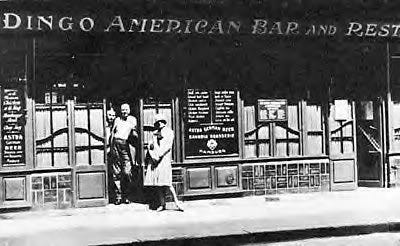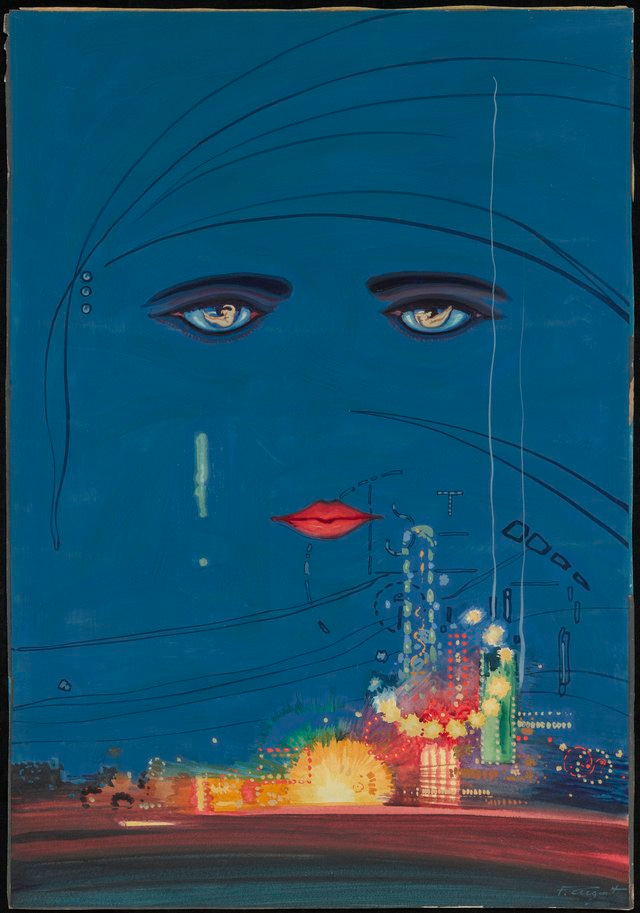Ninety-nine years ago today, on April 24, 1925, in Paris, F. Scott Fitzgerald showed up at Dingo American Bar, a favorite watering hole for ex-pats.
The Left Bank was not his cup of tea. He and his glamorous wife Zelda were creatures of the Right Bank wafting with syncopated jazz at richly plush and sophisticated venues.
But he was on a mission to meet down-to-earth Ernest Hemingway, convinced he was the next great writer. “He’s the real deal,” he told his editor Max Perkins. Hemingway had just signed with Boni and Liveright, missing his first opportunity to go with Scott’s publisher, Charles Scribner’s Sons, when Perkins’s letter got lost in the mail as Hemingway skied in Switzerland.
Scott was undeterred. Scribner’s had just published his masterpiece, The Great Gatsby, two weeks earlier, in New York City, which 75 years later was ranked the “most important American novel of the twentieth century.”
His writing was luminous, incisively revealing the American character.
But, not content to advance just his own career, Scott buttressed Hemingway’s helping him vault over the obstacles, contractual and literary, to see his first masterpiece, The Sun Also Rises, published by Scribner’s, in what was the beginning of a marvelously fruitful, if contentious relationship, about which Charles Scribner III writes in Scribner’s: Five Generations.
Though, Scott was the clearly the superior writer, both commercially and literarily, he admired Hemingway greatly and would see his own star fade, as Hemingway’s rose, in this story of true friendship and deep pathos. Today, 99 years ago, what was perhaps the most significant literary friendship ever, for better or worse, was just beginning. And, what a story.
Mary Claire Kendall is author of Oasis: Conversion Stories of Hollywood Legends. She recently finished writing a book about the life of Ernest Hemingway, viewed through the prism of faith, being published by Rowman & Littlefield Christmas 2024.




